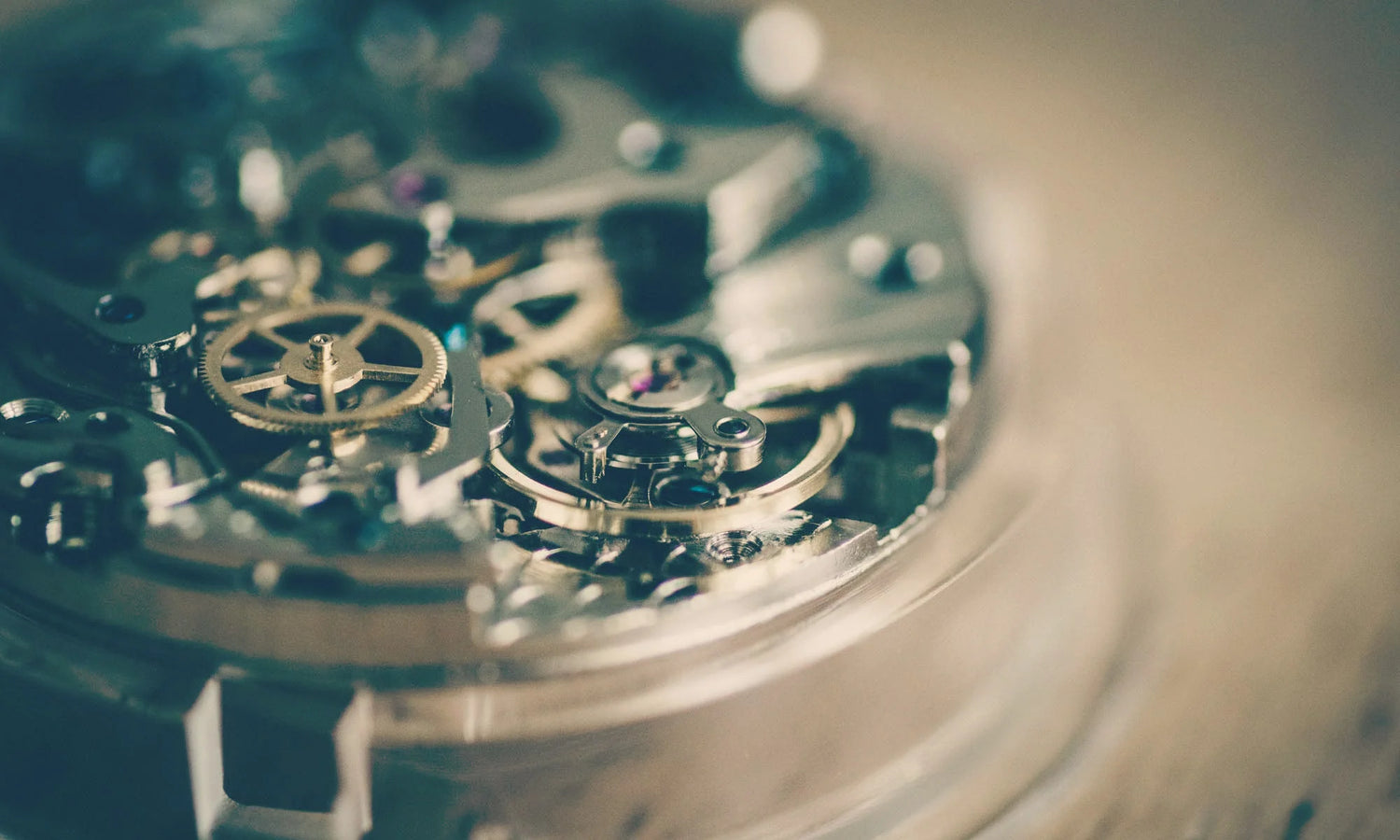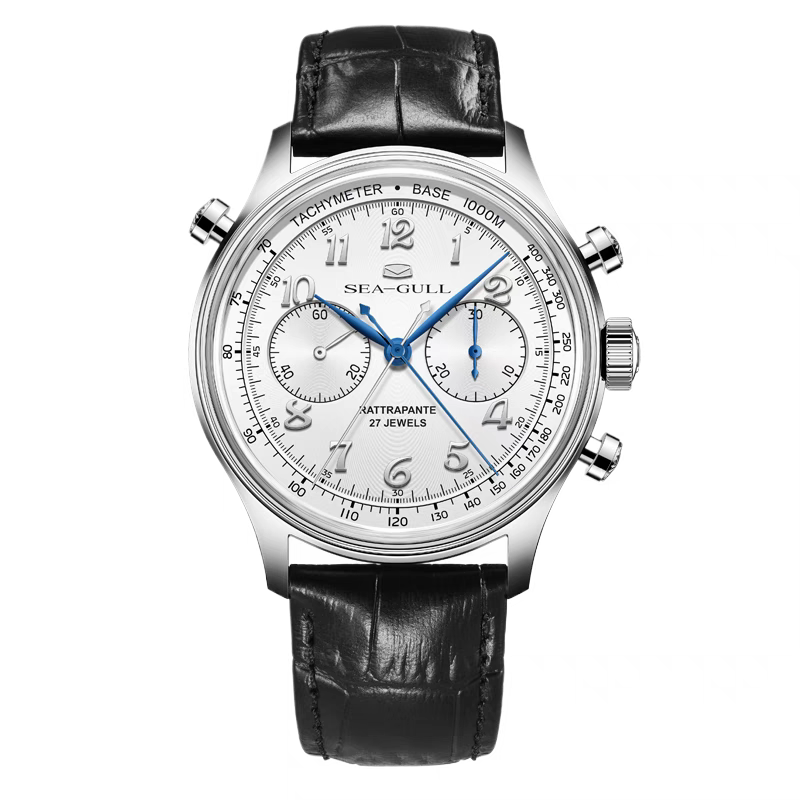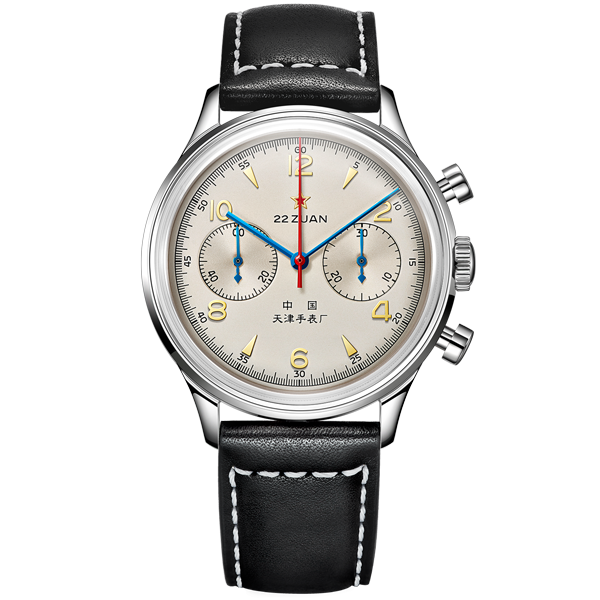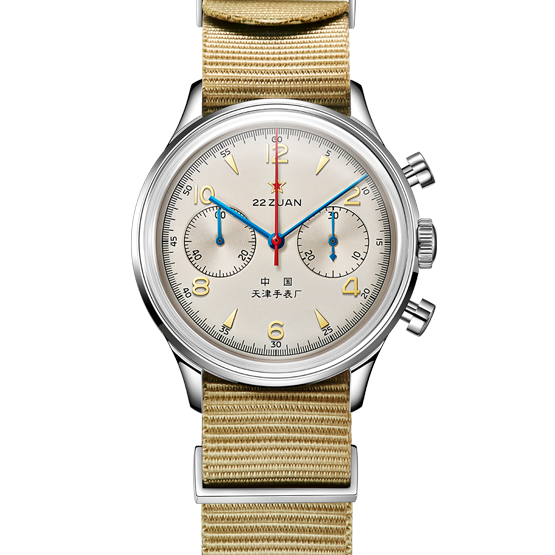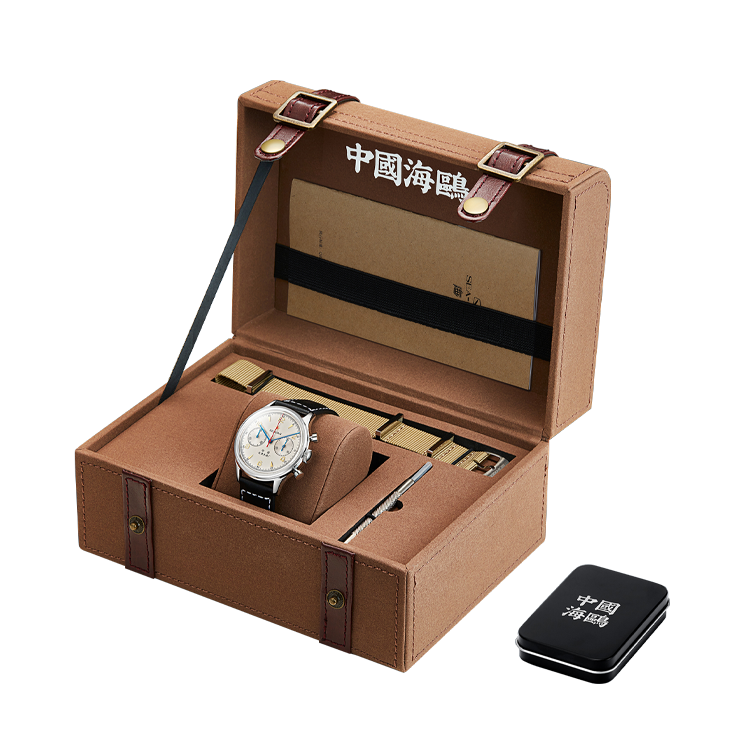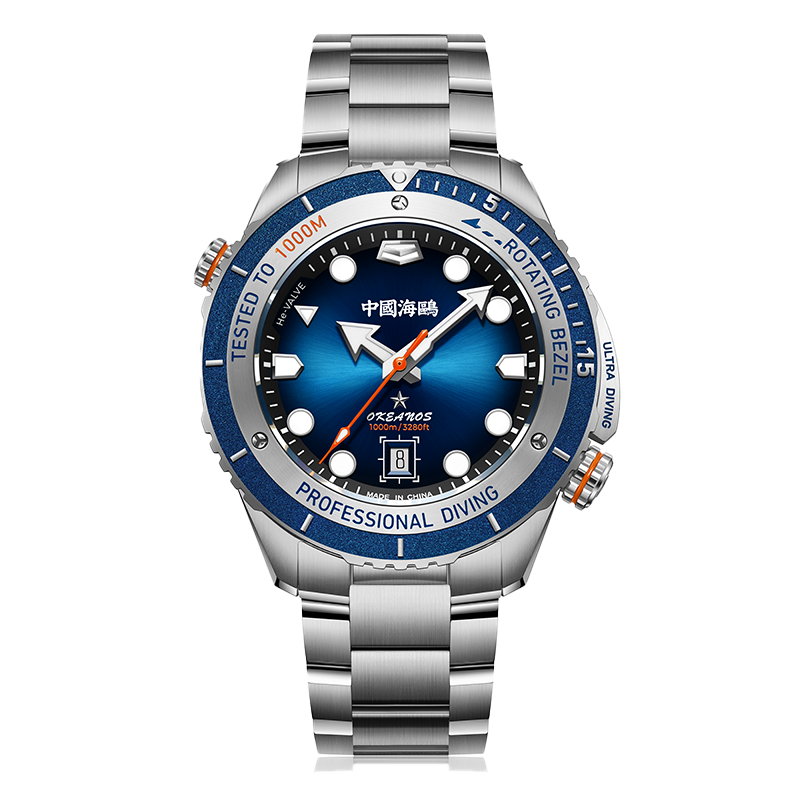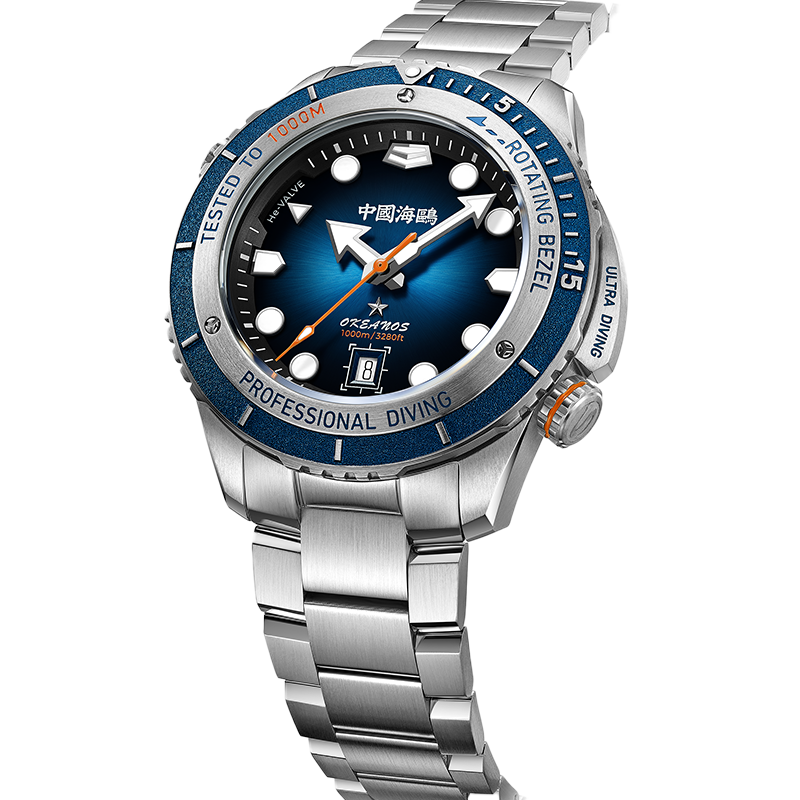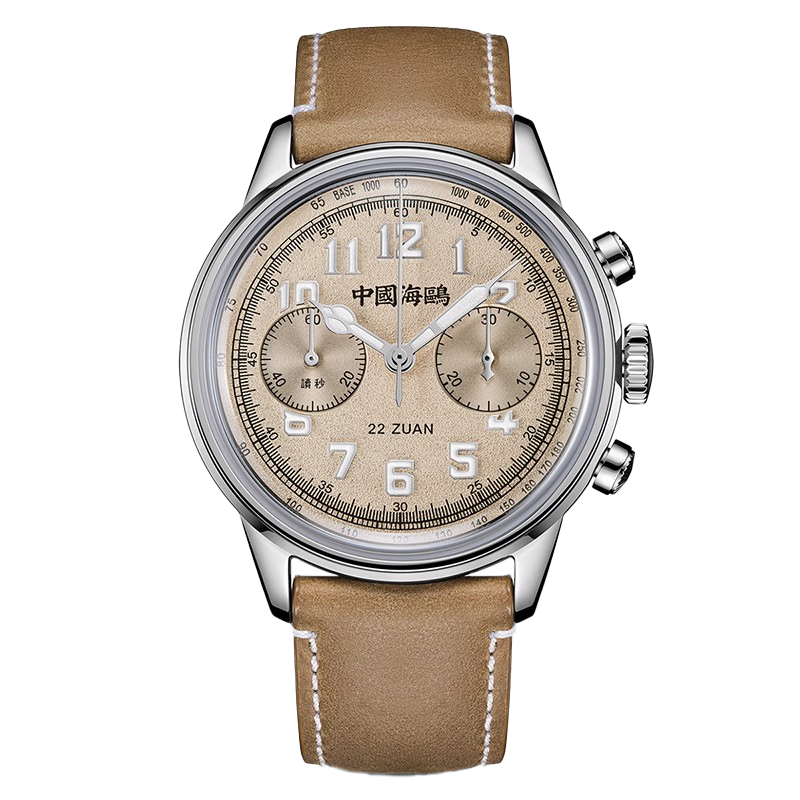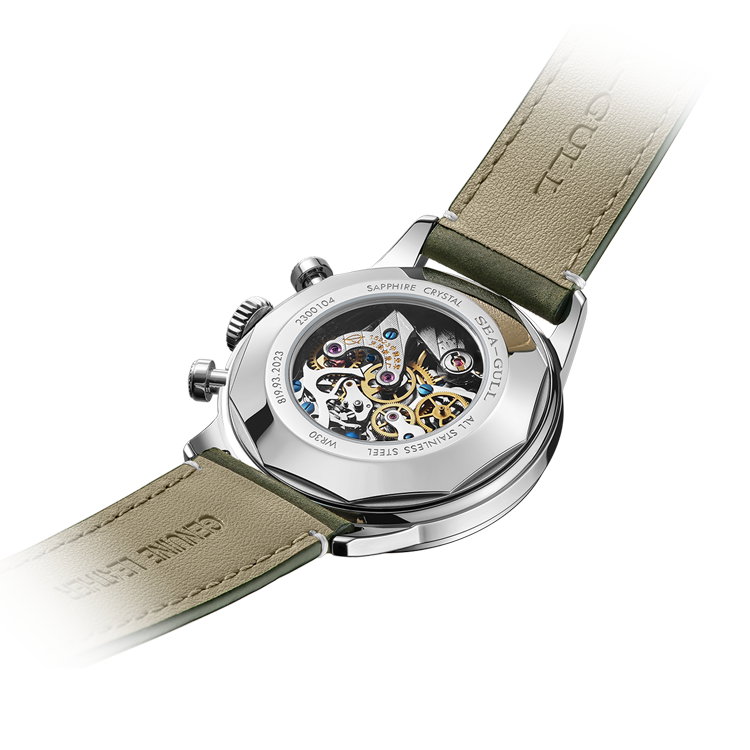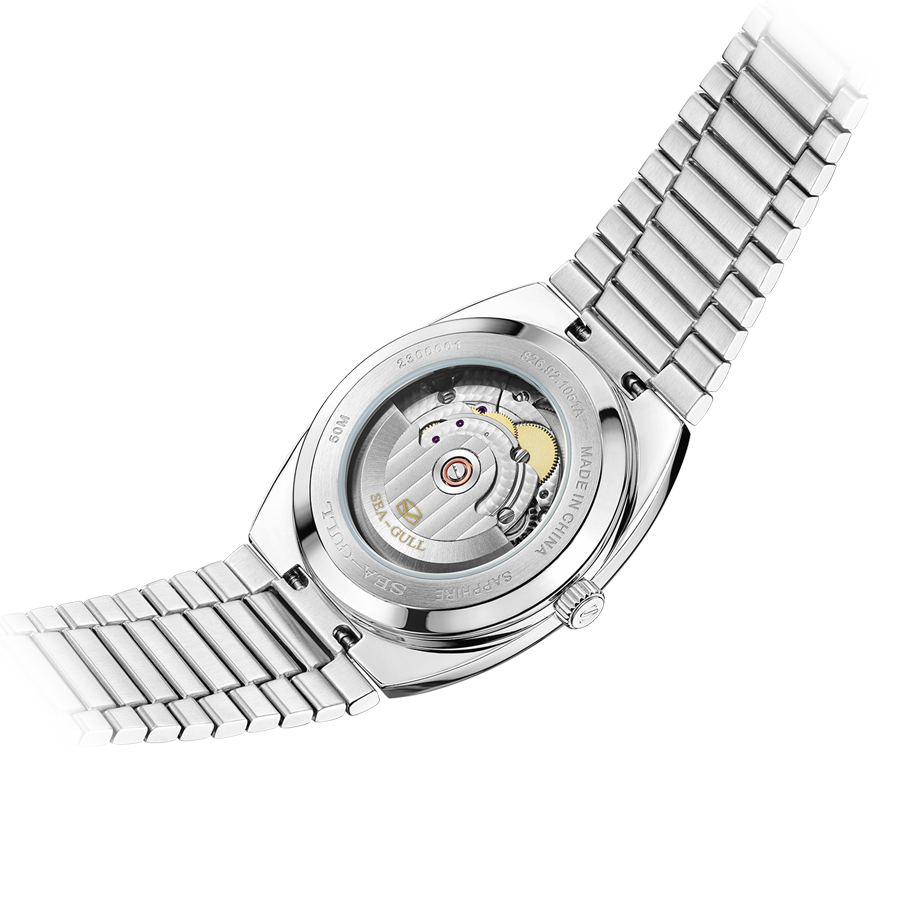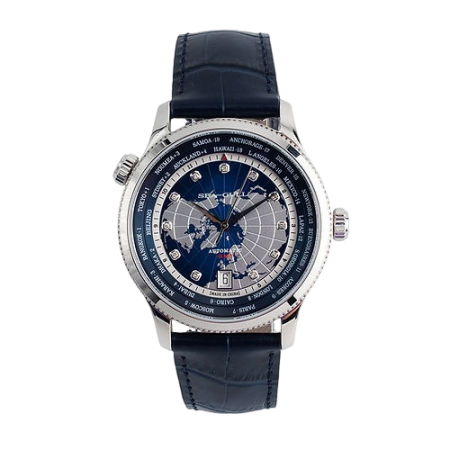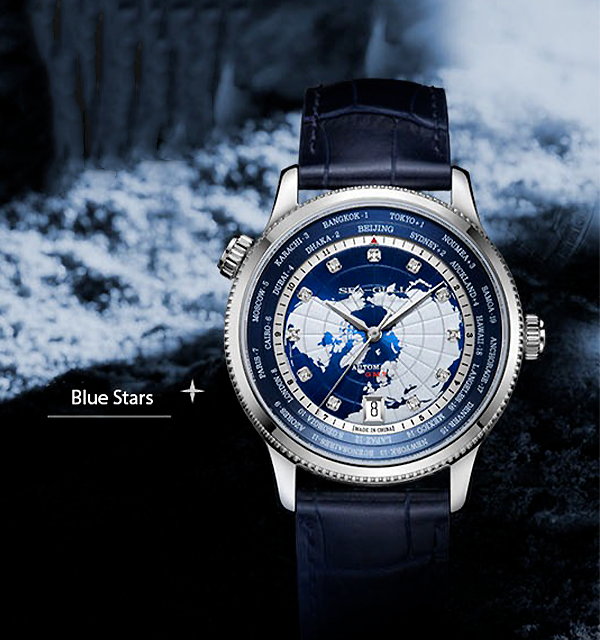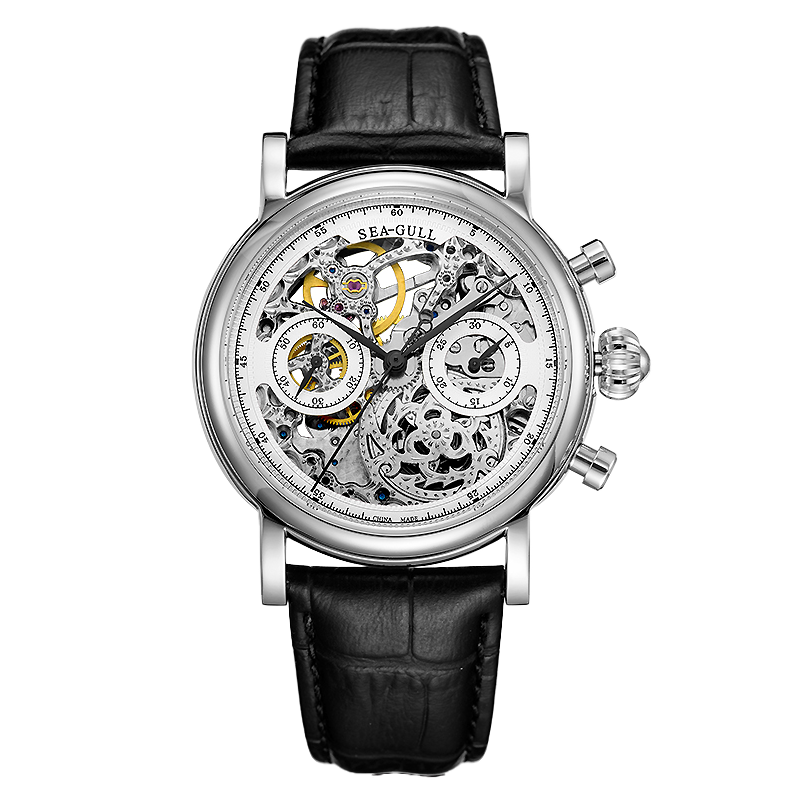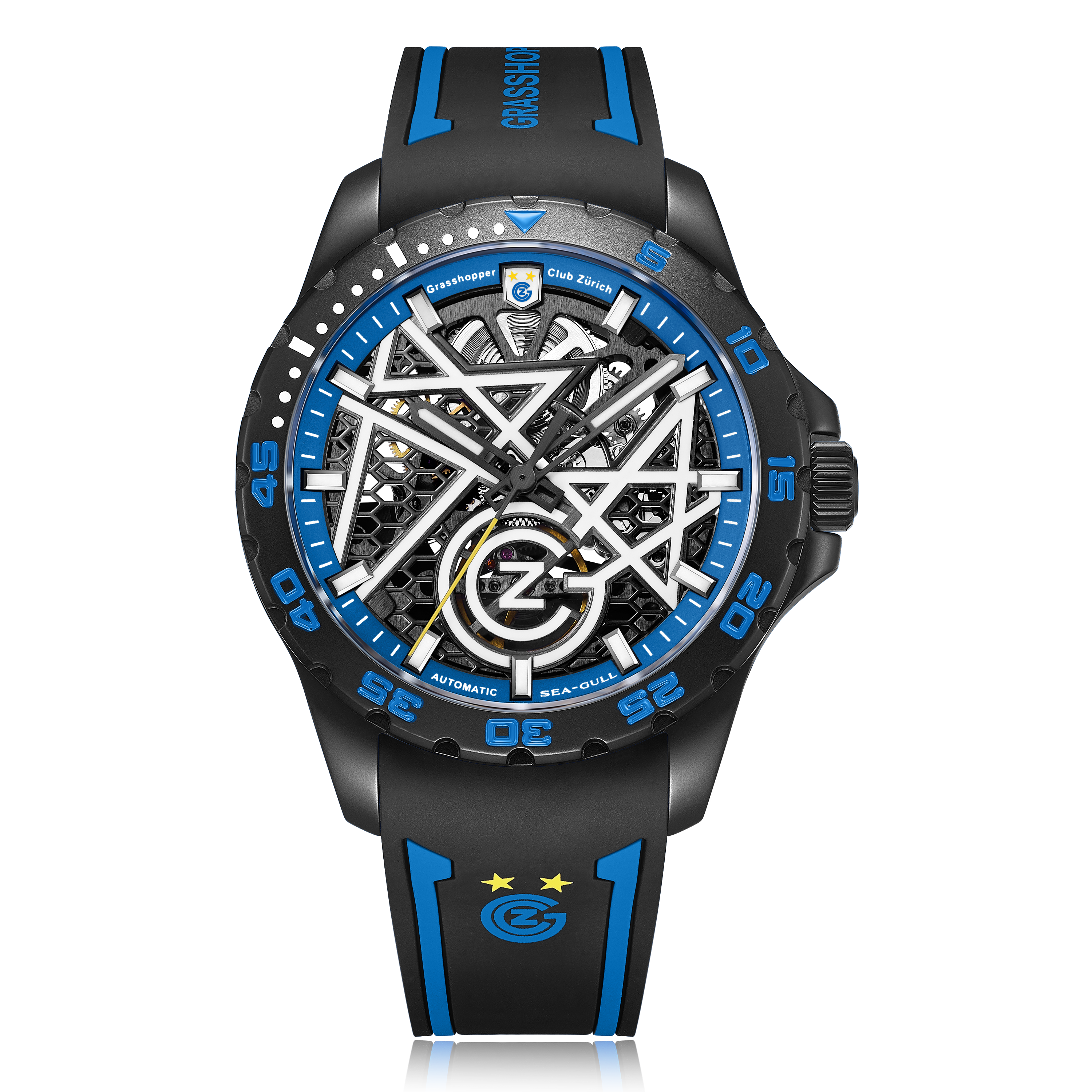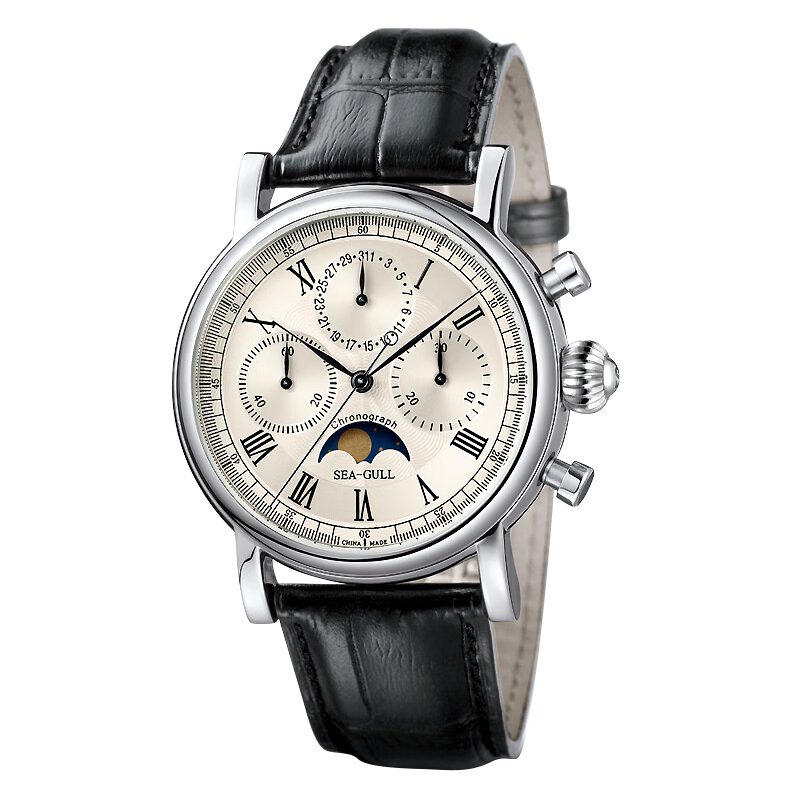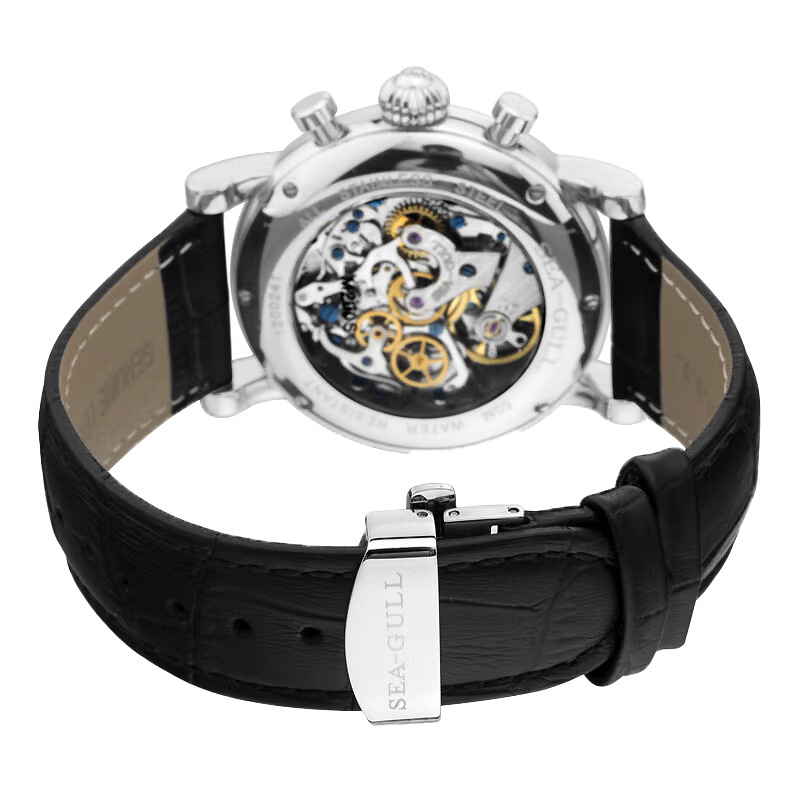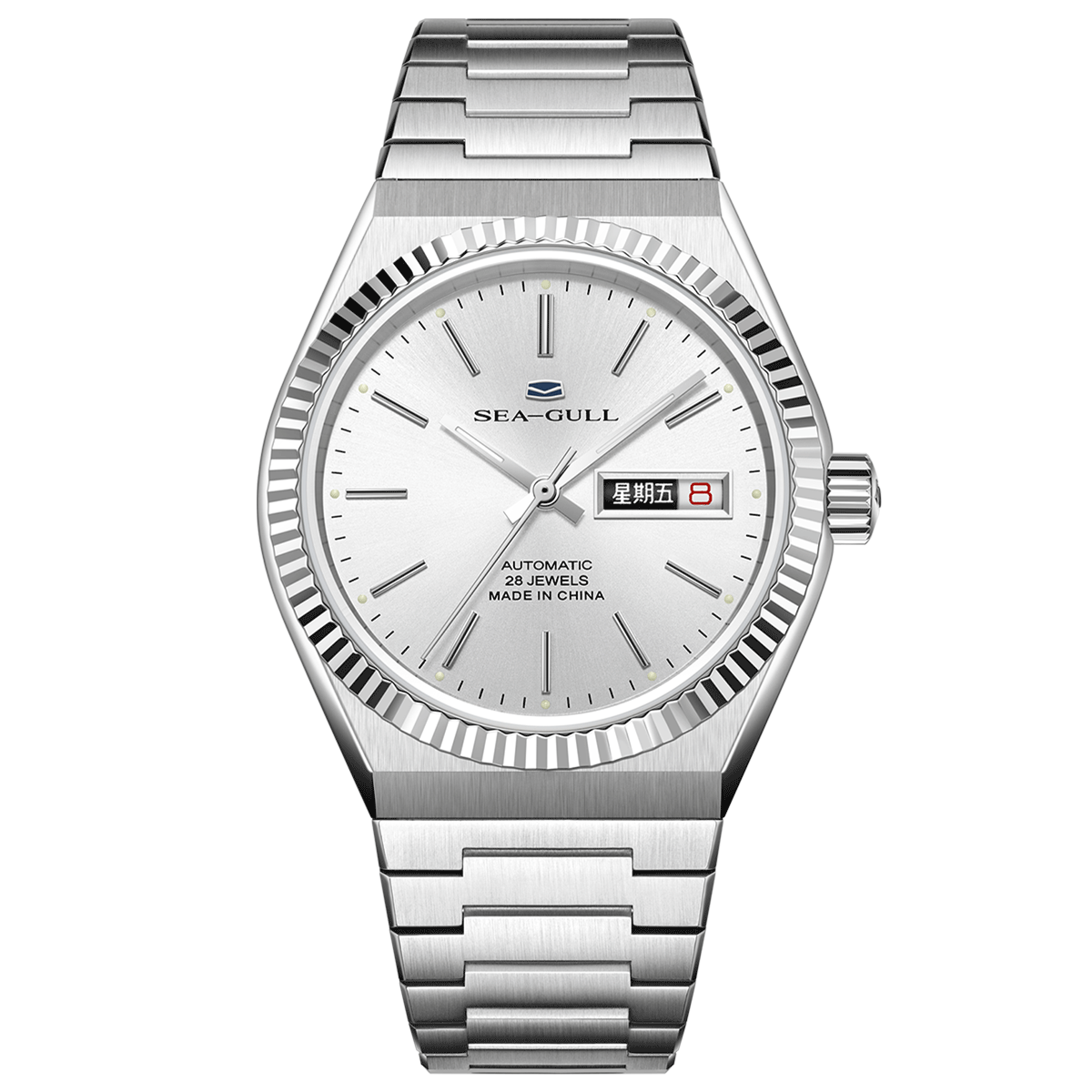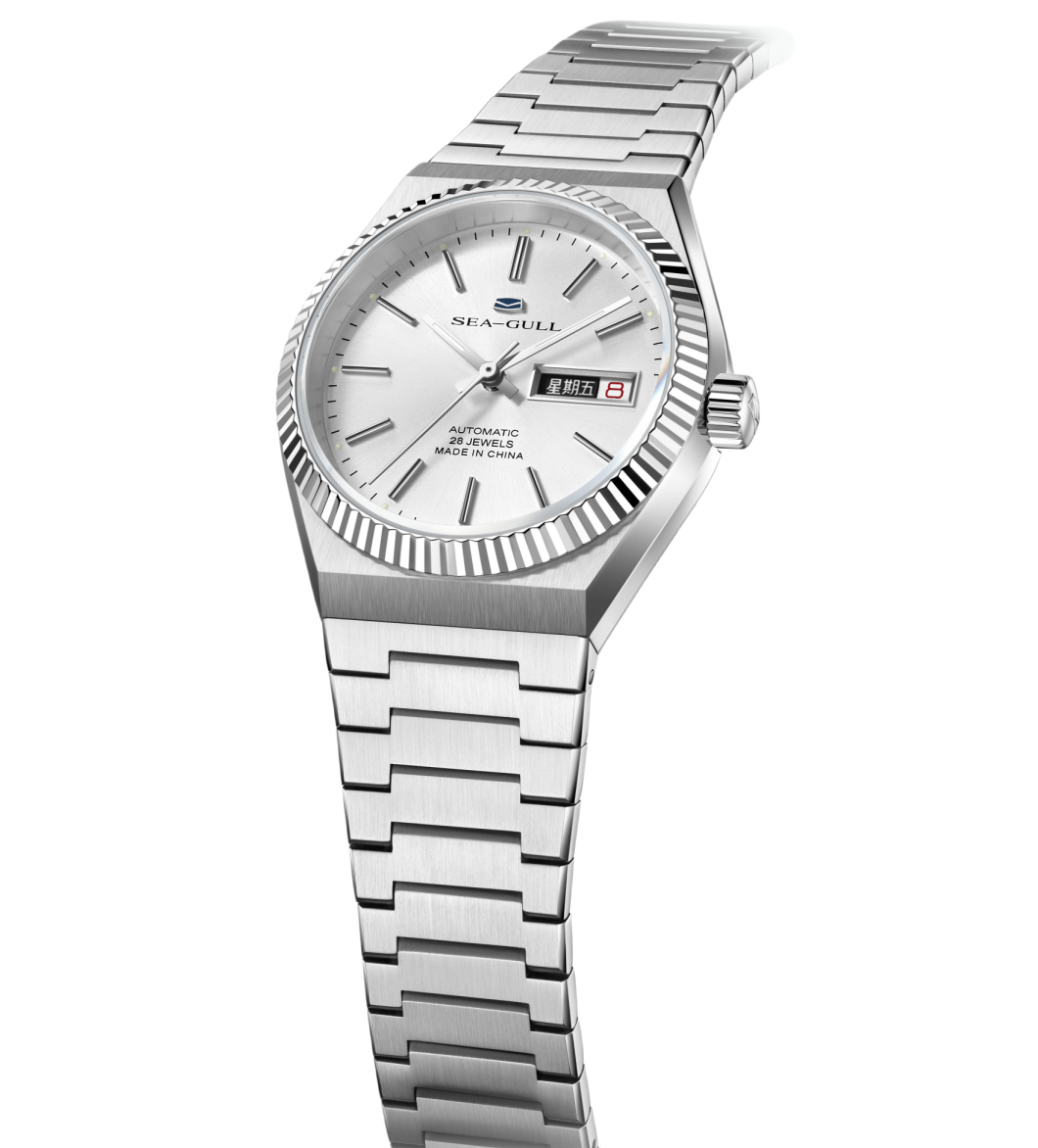The tourbillon, perpetual calendar, and minute repeater are known as the three major complications of mechanical watches. What makes them so fascinating?
The tourbillon is a regulating device designed to counter the effects of gravity on the escapement and pendulum of a watch. Regular mechanical watches are subject to significant errors caused by the tension of the mainspring, metal fatigue, gravity, etc. The tourbillon neutralizes these errors, achieving accuracy to within 1 second per year, making it the only watch mechanism that can attain observatory-grade precision.
The tourbillon module has over 70 parts but weighs less than 1 gram. It is entirely hand-assembled, requiring senior watchmakers to complete the intricate assembly under high-powered microscopes.
The mechanical perpetual calendar cleverly combines gears, cams, and levers to identify the irregular month lengths and leap years. Most perpetual calendars will require adjustment only once per century.
Creating a perpetual calendar watch necessitates numerous components, mostly shaped parts that must be crafted by hand. Their rarity makes perpetual calendar watches highly coveted possessions. Even today, they remain exclusive to only a privileged few.
The minute repeater has over 500 parts and can audibly chime the current time on demand. The three distinct sounds for the hours, quarters, and minutes showcase the ingenious application of acoustics and dynamics.
Minute repeaters comprise two main sections - the normal going train and the striking train, each with its own mainspring and gear train. This allows the striking mechanism to function independently from the timekeeping.

The Seagull Triple Grand Complication is powered by Seagull's self-developed ST9250G movement.
In the so-called "Triple Grand Complication" combination of the tourbillon, perpetual calendar, and minute repeater functions, redesigning and repositioning the 435 parts into the limited space is as difficult as developing an entirely new complex movement. Even in the “Kingdom of Watches”, few brands are capable of this achievement. At that time, the launch of Seagull’s “tourbillon, perpetual calendar, minute repeater” wristwatch struck a chord with everyone who cared about the watchmaking industry, delighting and energizing them.

Beyond its functionalities, the "Triple Grand Complication" is no longer just a simple movement, but presents itself to the world as a high-precision and highly complex precision instrument. To ensure the accuracy of the perpetual calendar and the precision of the minute repeater, it requires the production of high-precision components, with machining accuracy reaching 0.001mm, which is one-tenth the diameter of a human hair. Some key components even achieve an unprecedented surface finish of level 13, equivalent to a mirror-like level. To produce such components, efforts were made to increase the introduction of advanced foreign equipment, while rigorous repeated experiments continuously improved process capabilities. Only through this could the precision machining techniques be progressively enhanced and improved, making modest achievements.
Wristwatches integrating multiple super complex functions such as minute repeater, perpetual calendar, and tourbillon are known as “Triple Grand Complication”, representing the pinnacle of global watchmaking technology and craftsmanship. Seagull is the only Chinese watch brand to have conquered this challenge. The movement combines 435 intricate parts into one, and its complex mechanical logic requires experienced watchmasters months of assembly and fine-tuning. After five years of persistent effort, Seagull successfully achieved the highest level of mechanical watchmaking – the “Triple Grand Complication” integrating minute repeater, perpetual calendar, and tourbillon. Since its release in 2010, it has maintained the leading position among domestic watches.

